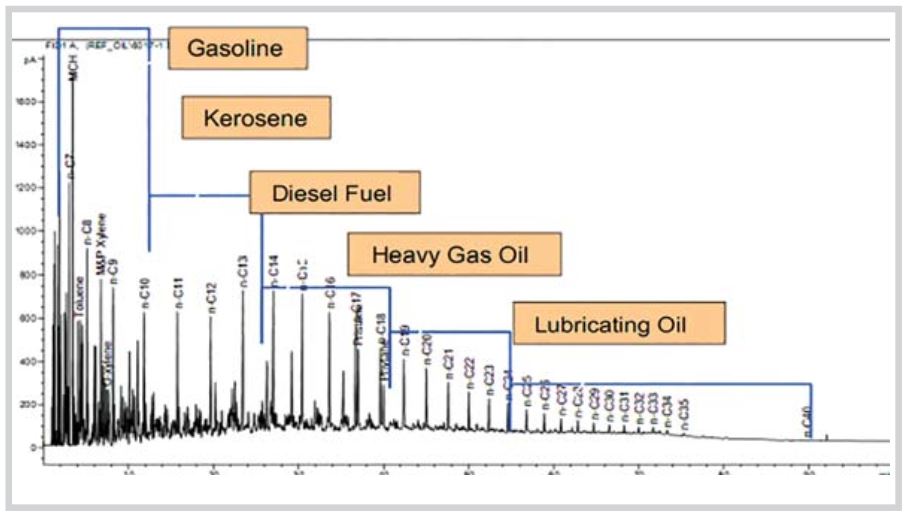Application of geochemical technique to reduce allocation cost for commingled production wells from multiple reservoirs
Abstract
This paper presents a new technique which has been developed to achieve production allocation at a reduced cost by the Vietnam Petroleum Institute (VPI). A case study of using geochemical fingerprint technology to back allocate commingled well stream from multiple reservoirs in an off shore basin, southeast Vietnam has been carried out. A large number of oil samples were collected over time and analysed by gas chromatography for their fingerprint and production allocation. Quantitative results were attained using a proprietary computer program which mathematically calculates the relative contributions of end member oils based on chromatographic data. The geochemical allocation results compare very favourably with the metering data. The success of the geochemical allocation allows the cost of field operation to be reduced and effective support to be given to the production management.
References
2. R.L.Kaufman, H.Dashti, C.S.Kabir, J.M.Pederson, M.S.Moon, R.Quttainah, H.AI-Wael. Characterizing the Greater Burgan field: Use of geochemistry and oil fi ngerprinting. SPE Reservoir Evaluation and Engineering. 2002; 5(3): p. 190 - 196.
3. Barry Bennett, Jennifer J.Adams, Stephen R.Larter. Oil fingerprinting for production allocation: Exploiting the natural variations in fluid properties encountered in heavy oil and oil sand reservoirs. Frontiers + Innovation. CSPG CSEG CWLS Convention. 2009: p. 157 - 160.
4. Brooks A. Patterson and Mark A. Beeunas, Geochemical comparison of Rang Dong Field oils, Cuu Long basin, Vietnam. 2006.
5. David K.Baskin, Alan S.Kornacki, Mark A.McCaffrey. Allocating the contribution of oil from Eagle Ford formation, the Buda formation, and the Austin Chalk to commingled production from wells in South Texas using geochemical fi ngerprinting technology. AAPG Annual Convention and Exhibition, Pittsburgh, Pennsylvania. 19 - 22 May, 2013.
6. Scott Ramos, Brian Rohrback, Glenn Johnson, Russell Kaufman. Using gas chromatography and curve resolution to quantify contributions to mixed crude oils. 56th Pittsburgh Conference, Orlando, Florida. 2005.
7. Daniel D.Lee, H.Sebastian Seung. Algorithms for non-negative matrix factorization. Advances in neural information processing systems 13. The MIT Press. 2001: p. 556 - 562.
8. H.I.Halpern. Development and application of light- hydrocarbon based star diagrams. AAPG Bulletin. 1995; 79(6): p. 801 - 815.
9. Marcio M.Lobão, Jari N.Cardoso, Marcio R.Mello, Paul W.Brooks, Claudio C.Lopes, Rosangela S.C.Lopes. Identification of source of a marine oil-spill using geochemical and chemometric techniques. Marine Pollution Bulletin. 2010; 60(12): p. 2263 - 2274.
10. Nguyen Xuan Thanh. Reservoir geochemical evaluation of the Rang Dong basement oils in offshore Vietnam. 1999.

1. The Author assigns all copyright in and to the article (the Work) to the Petrovietnam Journal, including the right to publish, republish, transmit, sell and distribute the Work in whole or in part in electronic and print editions of the Journal, in all media of expression now known or later developed.
2. By this assignment of copyright to the Petrovietnam Journal, reproduction, posting, transmission, distribution or other use of the Work in whole or in part in any medium by the Author requires a full citation to the Journal, suitable in form and content as follows: title of article, authors’ names, journal title, volume, issue, year, copyright owner as specified in the Journal, DOI number. Links to the final article published on the website of the Journal are encouraged.




